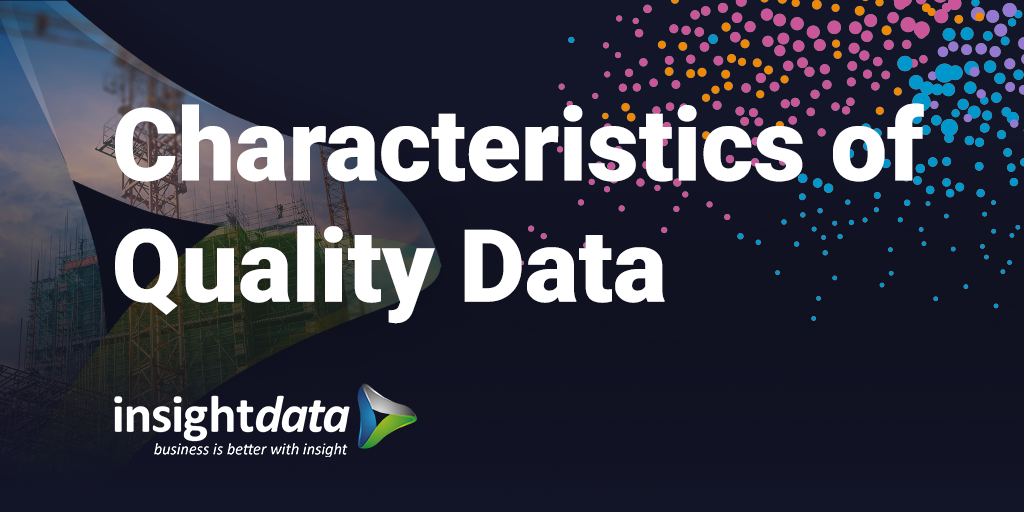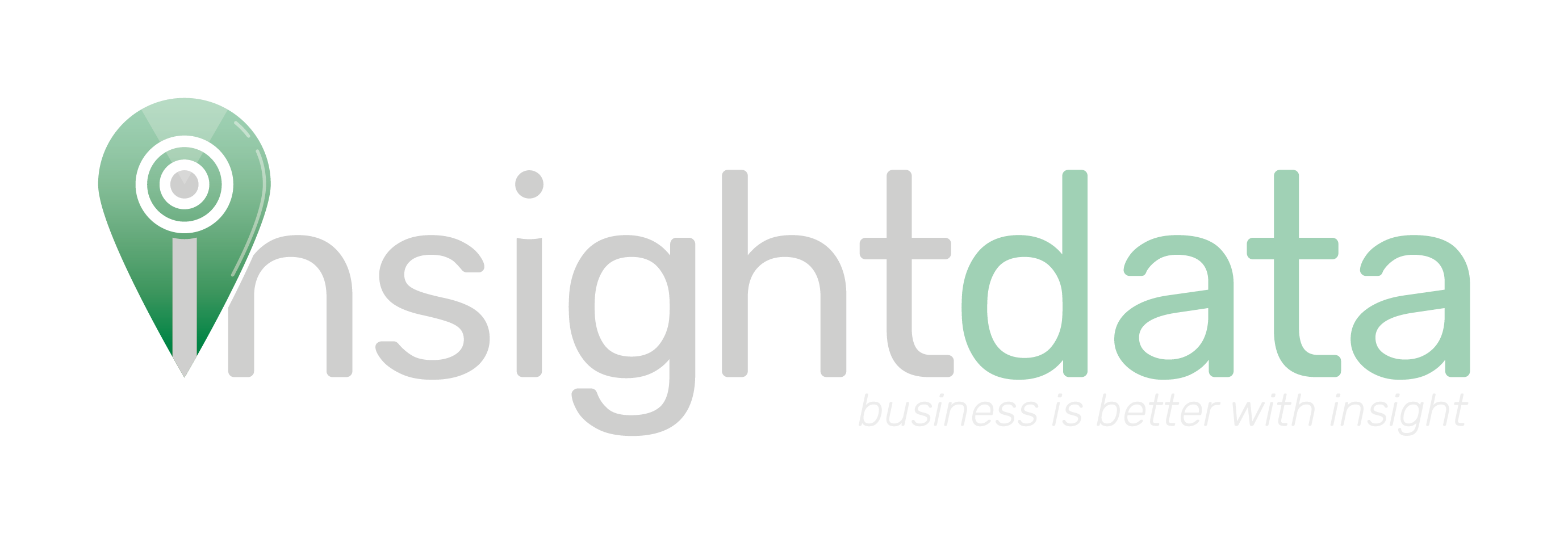
Data, in almost all formats, is constantly changing. Making sure hard data (such as names, addresses, transactions), soft data (opinions, confidence ratings) or derived data (average order value, purchase date, most recent purchase) is reliable can be a huge challenge. Any business or organisation strives to have perfect data quality, but is that achievable?
Key characteristics of data quality
To understand how data can bring value to your business or organisation, you need to understand what questions to ask when reviewing the data you hold.
- Is it relevant?
- Is it accurate?
- Is it complete?
- Is it reliable?
- Is it cost-effective?
- Is it timely?
- Is it accessible?
- Is it valid?
- Is it unambiguous?
By analysing your data and answering these questions, you can begin to build a picture on the quality of your data and potentially highlight areas for improvement. For example, when asking if the data is accurate, you must measure the value of the information you have collected. When sending out an email campaign, are you getting lots of bouncebacks? When you send your brochures out to your customers, how many are returning? Do you know what your customers purchased last time and when? These are the kind of sub-questions you should be asking when examining your datasets.
What are the causes of ‘bad’ data?

‘Bad’ data can be a disaster for your business or organisation. The potential cost (time, monetary, or otherwise) can have severe consequences. Typically, data issues are due to people, processes or technology. People involved in your data may not have had adequate training, may be reluctant to share their data processes (as it’s ‘theirs’), suffer from denial of the issue which faces them or there might be a lack of ownership to the problem.
On the other hand, if the processes in place are incorrect, ie; how the data is prepared, withholding any information unintentionally or incurring problems with importing the data, this can equally cause ‘bad’ data. In this case you will need to look at the technology you have for manipulating your data. Upgrading or using software which can help you answer the characteristics of good data will provide a significant amount of assistance. If people, processes and technology work together, you will achieve quality data.
How can Insight Data help?
We have the people. Our in-house call centre makes over 20,000 telephone calls a month. Each researcher has extensive induction training and takes part in monthly training events.
We have the technology. Salestracker is the world’s first fully integrated sales and marketing platform, designed exclusively for the building and fenestration industry. It combines real-time prospect data with a powerful online portal with full CRM (customer relationship management), map integration and credit profiling. It provides direct access to our database in real-time, providing users with real time data. As our researchers update contacts, add a new record or remove a company that has ceased trading, the information is immediately available on Salestracker.
We have the processes. Information on Salestracker is only added if it has been verified by our in-house call centre team. Rigorous protocols and procedures are in place to ensure the quality of the data held, is of an outstanding standard.
To find out how we can help your business can access high quality data without the worries of time and monetary implications, For more information contact Insight Data on 01934 808293 or via email at hello@insightdata.co.uk.







